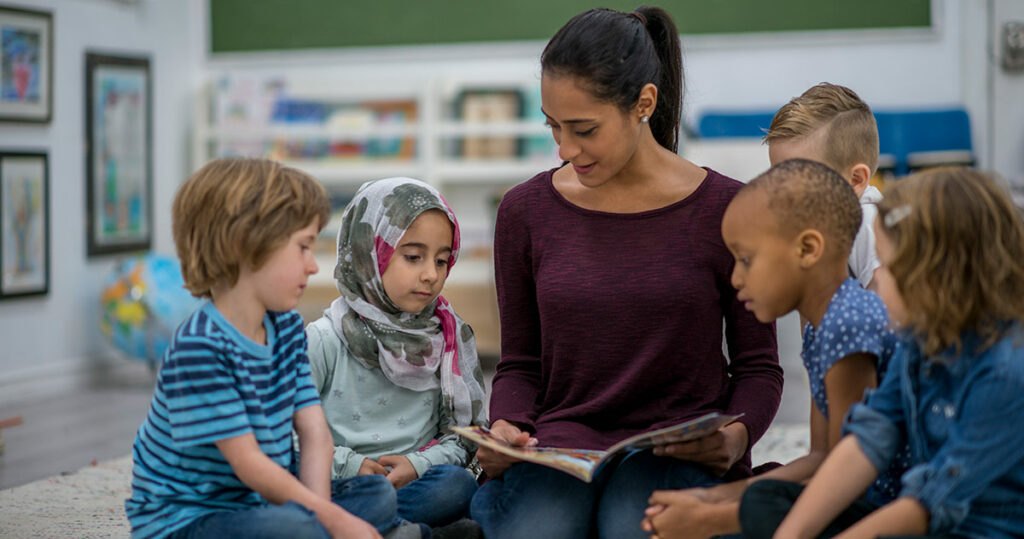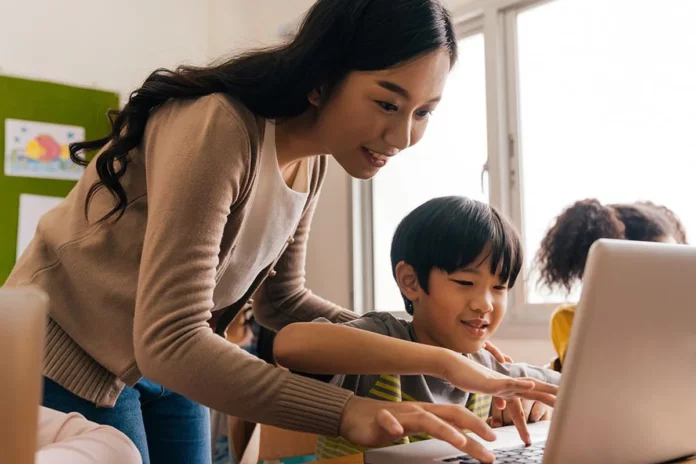In today’s diverse educational landscape, creating inclusive learning environments is fundamental to ensuring every student feels valued and supported in their academic journey. Educators serve a pivotal role in fostering these environments by implementing strategies that cater to students’ diverse needs and backgrounds.
I. Introduction
A. Definition of Inclusive Learning Environments
Inclusive learning environments are educational settings that embrace and celebrate diversity, creating a space where every student, regardless of their background, abilities, or identities, feels welcome, respected, and empowered to learn.
B. Importance of Inclusivity in Education
Inclusivity in education goes beyond mere tolerance; it ensures equal opportunities for all students to thrive academically, emotionally, and socially. It fosters a sense of belonging and acceptance, contributing to positive learning outcomes and holistic development.
II. Understanding Diversity in Education
A. Embracing Diversity in the Classroom
Educators must embrace diversity by acknowledging and incorporating varied perspectives, cultures, and experiences into the curriculum. This integration helps students see themselves represented in the learning materials, fostering engagement and relevance.
B. Benefits of Inclusive Education
Inclusive education not only benefits marginalized students but also enriches the learning experience for all. It promotes critical thinking, empathy, and understanding among students, preparing them for a diverse world.
III. Strategies for Creating Inclusive Learning Environments
A. Curriculum Diversification
Incorporating diverse perspectives within the curriculum exposes students to a wide range of ideas and experiences, promoting inclusivity and understanding among peers.
B. Universal Design for Learning (UDL) Implementation
Utilizing UDL principles provides multiple avenues for learning, accommodating various learning styles and abilities. It ensures that all students can access the content and demonstrate their knowledge effectively.
C. Encouraging Student Collaboration
Fostering a collaborative classroom environment encourages students to engage with diverse viewpoints, promoting mutual respect and understanding among peers.
D. Cultivating a Safe Classroom Environment
Creating a safe and respectful classroom culture is essential for inclusive learning. Establishing clear guidelines and promoting open dialogue allows students to express themselves freely.
IV. Supporting Students’ Diverse Needs
A. Providing Additional Resources and Services
Offering additional support services, such as tutoring, counseling, or adaptive technologies, ensures that students with diverse learning needs receive the necessary assistance.
B. Professional Development for Educators
Continuous professional development equips educators with the knowledge and skills to implement inclusive teaching practices effectively.
C. Engagement with Parents and Communities
Collaborating with parents and communities strengthens support systems, ensuring a holistic approach to students’ well-being and success.
V. Celebrating Diversity and Inclusion
A. Importance of Celebrating Diversity
Organizing events and activities that celebrate diversity reinforces the value of inclusivity and fosters a sense of pride among students.
B. Organizing Events and Activities
Highlighting cultural observances and diversity-themed activities encourages students to appreciate and respect different cultures and backgrounds.

VI. Conclusion
In conclusion, creating inclusive learning environments requires a concerted effort from educators to embrace diversity, implement inclusive strategies, support students’ diverse needs, and celebrate inclusivity. By doing so, educators empower students to succeed in an increasingly diverse world.
FAQs
How can educators address cultural differences and diversity in their teaching methods?
Educators can address cultural differences by embracing diverse perspectives in the curriculum, incorporating varied teaching materials, and fostering open discussions that celebrate different cultures.
2. What are some practical strategies for accommodating students with diverse learning needs in the classroom?
Practical strategies include implementing Universal Design for Learning (UDL) principles, providing varied learning materials and assessment methods, offering additional support services, and promoting a collaborative learning environment.
3. How can educators ensure a safe and respectful classroom environment where all students feel included?
Educators can establish clear ground rules that promote respect, empathy, and open dialogue. Encouraging active listening, addressing biases, and creating opportunities for all students to participate contribute to a safe and inclusive classroom.
4. What role do parents play in supporting inclusive education, and how can they contribute?
Parents play a vital role by supporting diversity at home, engaging with schools to promote inclusive initiatives, and fostering an environment where their children respect and appreciate differences among their peers.
5. Why are celebrations of diversity and cultural events essential in educational settings?
Celebrations of diversity raise awareness, educate students about different cultures, and foster inclusivity and acceptance. They also create a sense of community among students and staff from diverse backgrounds, promoting unity and understanding.


